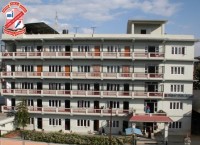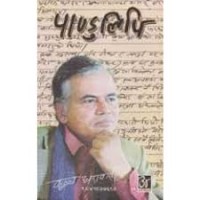Things ‘To-do’ and ‘Not-to-do’ in Nepal
After the success of Visit Nepal Year 1998 and Nepal Tourism Year 2011, the Tourism Board of Nepal has once again announced 2020 as Visit Nepal Year. The campaign which is focused on Culture, Cities and Leisure, People and Heritage, Outdoor and Adventure, Religion and Pilgrimage, and Nature and Wildlife was announced in 2015 to be held in 2018 but was later postponed to 2020.
While the year that is entirely focused on welcoming more visitors with special events and activities might be attracting you to visit the country, it is always better to know about the social etiquette and rules of the country you are travelling to.
Things-not-to-do
1. No leather, photos, entry

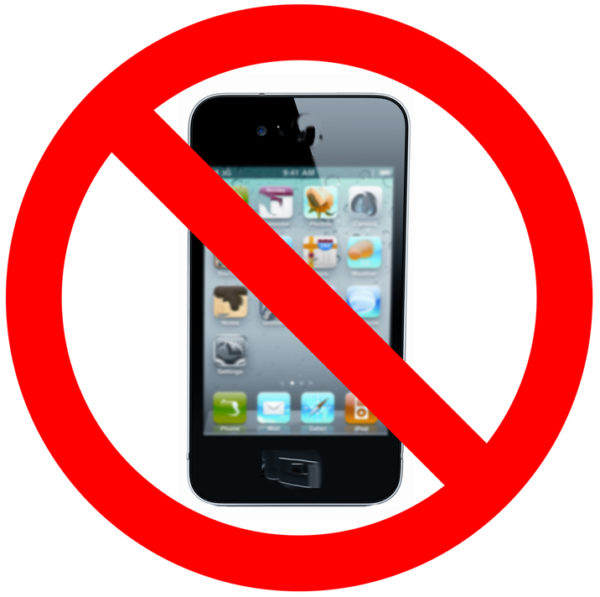
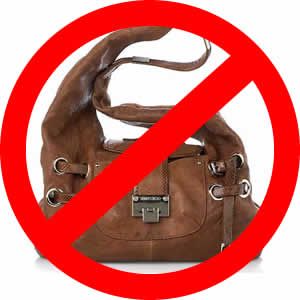
Most of the religious places like Pashupatinath Temple, and other Hindu temples restrict belts, shoes and bags made from leather inside the premise and also restricts taking picture of the temple once you step inside the main gate. You may be asked to leave your mobile phones, bags and cameras in their security before entering the temple. However, you are allowed to take picture of the surrounding and gates. Some places may not allow non-Hindu and non-religious person to enter, while some places require you to buy a ticket or pay some fees to enter. You will always find a board or signs that will tell you about the rules that you must follow around the area. If not, it is better to ask the officials beforehand.
2.No shoes
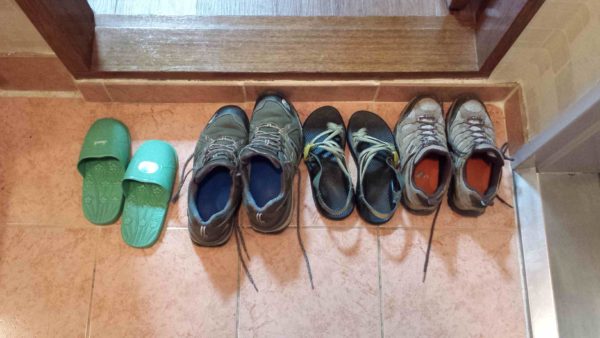
Shoes are restricted in most of the places including religious places like temples, monasteries and church, as well as, inside rooms. Remove your shoes before entering rooms/homes if you are invited.
3.No left hand, pointing and touching with legs

Never use your left hand to eat, give or take something. It is considered impolite if the other person uses his/her left hand instead of right hand or is pointing at something with their finger. You should also avoid stepping over someone’s outstretched legs or touching anyone with your feet.
4.No beef

A woman worshiping cow on the occasion of ‘Gai Tihar’
Do not ask for beef, if you are ordering something to eat, because you will only get awkward stares from people. Before you visit Nepal, you must know that Cow is the national animal of Nepal. Cows are holy animals to Hindus. Considered to be the Vahana of Lord Krishna, Hindus also worship it as ‘mother’ and celebrate Cow Tihar.
5.Things to Avoid
• Public display of affection is frowned upon in Nepal, especially in rural areas. So, it is better not to showcase physical contact or affection with your partner if you’re in public.
• While the clothes, age and stories of beggars may create a soft corner in your heart, don’t always fall for their stories. You can take the help of security person nearby to avoid them. You can instead make donations to nearby charities and NGOs if you wish to.
Things-to-do
1.Learn basic words

Not everyone you meet understands English. It is always better to learn basic words like ‘Yes’, ‘No’, ‘Thank You’ and ‘Hello’ since the other person may not always understand your gestures like shaking heads.
2.Wear Suitable clothes

If you are visiting the rural areas of the country like villages and small towns, it is better to wear clothes that covers most of your body and also keeps you comfortable while travelling. Wear clothes according to the weather and the place. If you are in public places like rivers and springs, it is better to go for sleeveless t-shirts, crops or short pants and let the bikinis stay inside the bag. You can always go for swimming in club pools and hotels, if you like.
3.When you are invited over

Start with removing your shoes before entering the rooms/homes. If you are invited over for lunch or dinner, wait for the host to serve the food and do not waste food. It is considered bad manner to disrespect what has been served and waste food in Nepali communities. Ask them to take away some food before you start eating if you feel like you’ve been given too much or if you do not like it.
4.‘Namaste’ instead of handshakes
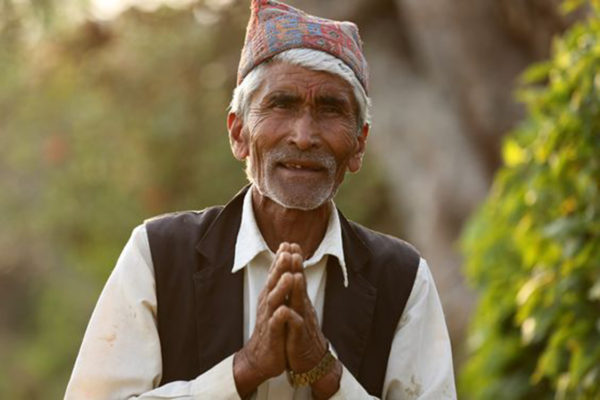
Since everyone may not be comfortable with physical gestures like handshakes and hugs, you can join your hands and say ‘Namaste’ to greet people. You can use this word for both hello and goodbye.
5.Eating with hands is normal

Photo Credit: Sandra BK
You may see most people eating food with their hands in homes and even in restaurants sometimes. Eating with hand is normal in Nepal and you may not always get a knife and fork. However, you can ask for spoon or fork if you need.
6.Know about the traffic

Photo Credit: Prudek
The traffic in Nepal is left-handed (contrary to some western nations) so it may be confusing, if you are planning to hire bike or car. Besides, you’ll find lanes and roads that has no traffic lights and directions where drivers and pedestrians rely mostly on luck rather than rules.
7.Tips for better travel experience

• You may not find taxis everytime and travelling in local vehicles can be an adventure you might want to avoid. So, it is better to use apps like Pathao, Tootle and Taximandu to book a taxi or bike to take you around places. The service is also more affordable compared to taking a taxi by yourself, as the taxis may not charge you uniformly. You can pay online or pay cash-in-hand when you reach your destination.
• Confirm with your travel guide if the site you are planning to visit is open or not. The public holidays are on Saturdays (instead of Sundays) in Nepal. Also, make sure about the availability of hotels and lodges if you are travelling on your own.

• Make sure you have some cash in your pocket. Though you’ll find ATMs and some stores that accept credit cards, you cannot expect the same service everywhere, especially in local shops and rural areas.
The people in Nepal are very friendly and forgiving. You can always say sorry if you think you’ve messed up and ask for their suggestions regarding local etiquette and places to visit.




